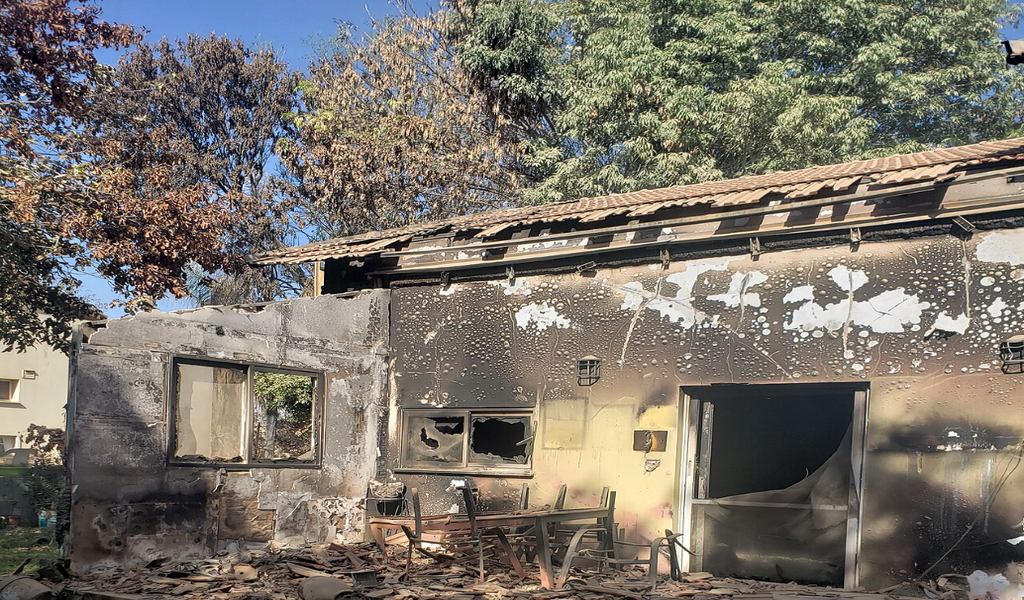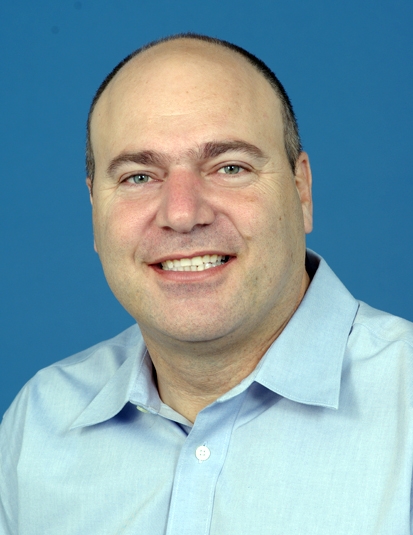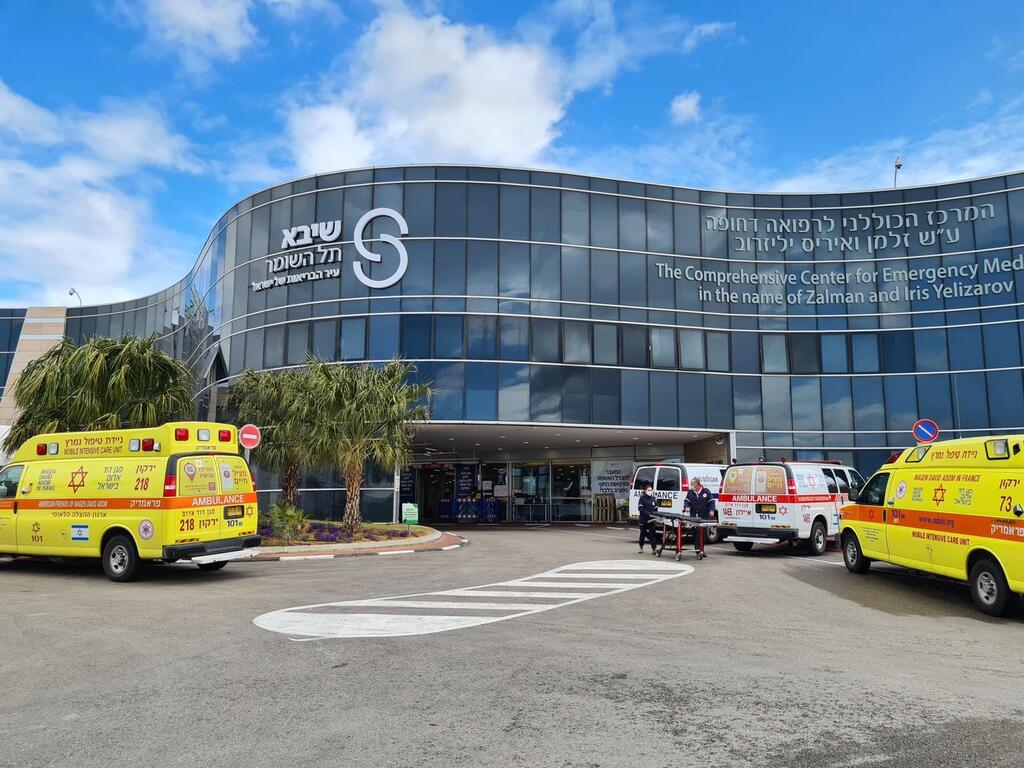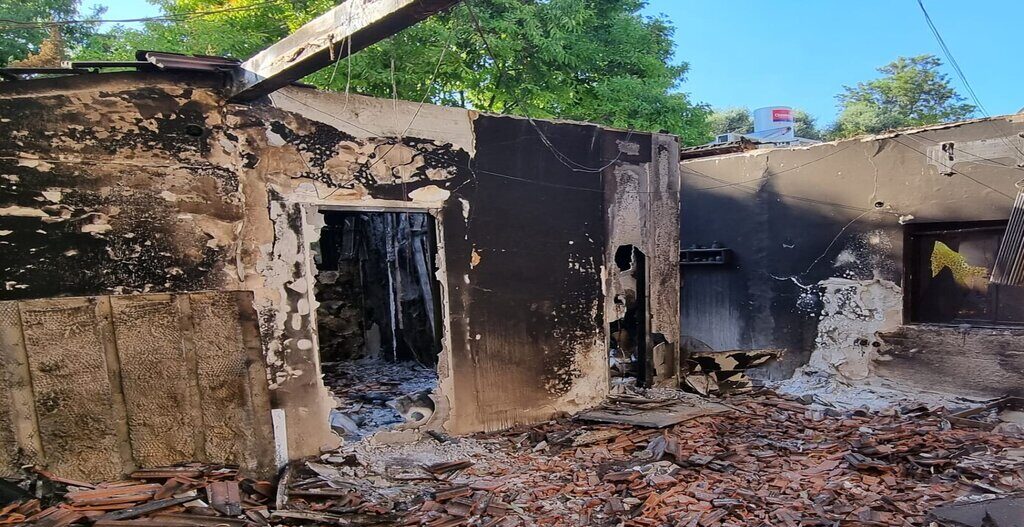Israelis who suffered burn wounds when Hamas terrorists torched their houses as they hid inside during the October 7 attack in southern Israel are being treated with a therapy based on pineapple protein enzymes.
NexoBrid gel, made by Israeli company MediWound, is a clinically proven treatment made using bromelain and other enzymes, which while present in the entire pineapple plant are extracted from the stems that would otherwise be discarded.
The salve circumvents the need for a complicated tissue removal procedure that often results in significant blood loss.

The effects of bromelain were researched for years, but as the enzyme was known to evaporate easily, it previously was seen as unsuitable as a burn treatment.
MediWound, however, found a way to isolate and dehydrate the enzymes, so that they were only activated once mixed with liquid and immediately applied to the skin.
Physicians simply apply the treatment topically to first- or second-degree burn wounds, which affect the first or second of the skin’s three main layers (epidermis, dermis and hypodermis).
The enzymes then break down the damaged or dead tissue while preserving the healthy tissue surrounding it. The treatment itself usually lasts for four hours, depending on the scope of the burn wound.

“It’s an enzyme that eats whatever is not alive,” says Prof. Josef Haik, Director of the National Intensive Care Burn Unit at Sheba Medical Center, Israel’s largest hospital.
“When the skin is burned, it essentially becomes dead tissue or a substance that the enzyme knows how to dissolve,” he tells NoCamels.
Once the treatment has been completed, the wound simply needs to be wiped clean.
NexoBrid, which received US Food and Drug Administration approval last year, has been available for some time in Israeli hospitals. But the company says the treatment has seen an unprecedented surge in demand since October 7, when terrorists from Gaza rampaged through Israel’s southern border communities, killing 1,200 and wounding thousands more.
Hundreds of people were admitted to burn units across the country due to the terrorists setting fire to their homes in order to force them out of their safe rooms.

“It’s hard to believe,” says Haik, adding that 250 people have been admitted to his department in the last seven weeks alone.
The professor relates the story of a young couple and their 14-month-old daughter, who hid in their home for 12 hours as Hamas terrorists rampaged through their community.
They had no choice but to exit after the terrorists set a car tire alight in their home, causing it to burn down.
Sign up for our free weekly newsletter
Subscribe“It’s hard to even talk about,” says Haik.
All of the family sustained serious burns and were treated with NexoBrid, and are now recovering.
And because the attack happened on a Saturday, he explains, some religious victims had burn wounds caused due to damage to the tanks in their homes that automatically keep water heated throughout Shabbat.

One child even had to be treated with NexoBrid over her entire body.
There is one other enzyme, collagenase, that is also used in burn care. But MediWound says that this treatment is only active against collagen, which makes up a significant portion of dead tissues but not all of it. And unlike NexoBrid, collagenase can take several weeks to remove dead tissue from a burn site.
Haik, who consulted on the early development of the ointment, says the introduction of the NexoBrid salve into Israeli hospitals has revolutionized the standard for treating burns.
Hospitals would have to wait several weeks to determine how much of a burn wound would eschar, or dead and dried tissue, before operating to remove it.
But this debridement surgery, Haik explains, commonly results in blood loss that in some cases can be fatal.
Today, he says, the use of NexoBrid not only prevents patients from undergoing unnecessary surgery, but also helps physicians determine whether they need to operate after waiting just a few hours and not weeks.

Some patients, however, do need to undergo a skin graft even after the salve treatment, as their burns are too deep and would take too long to heal unaided.
Haik says that at Sheba, NexoBrid is today the preferred treatment and surgery only considered in severe cases.
“Now in wartime, it saves us from having to do multiple surgeries,” he says.
“It changed our way of seeing burns and treating burns.”
Related posts

Israeli Medical Technologies That Could Change The World

Harnessing Our Own Bodies For Side Effect-Free Weight Loss





Facebook comments